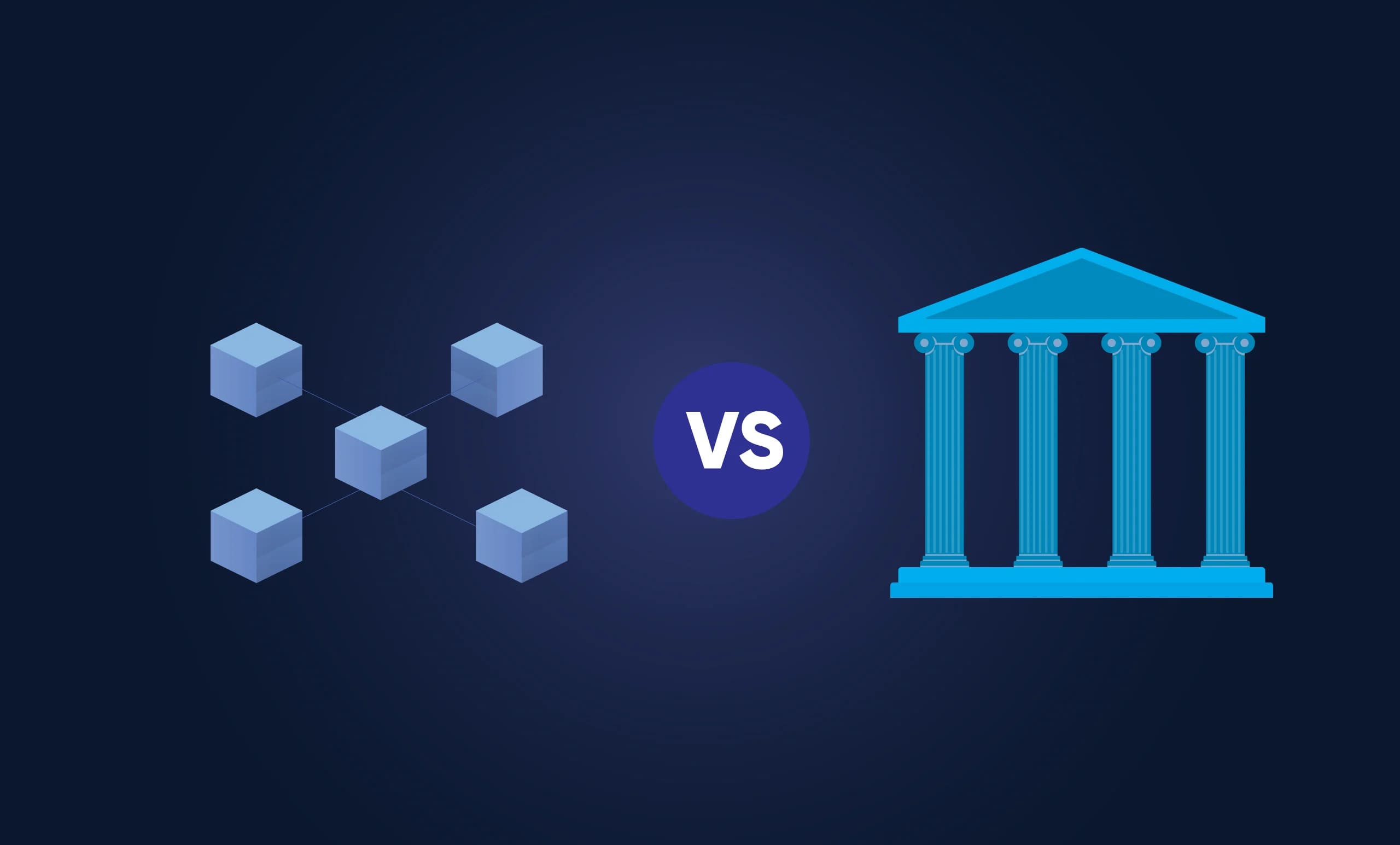Cryptocurrency’s Liquidity Pool Explained in Simple Terms


Cryptocurrency’s Liquidity Pool Explained in Simple Terms
What are liquidity pools? How do they work? What do they have in common with decentralized finances (DeFi)? What are the differences between the liquidity pools’ protocols, such as Uniswap, Balancer and Curve? In this article, we’ll try our best to answer all of these basic questions in simple terms. Let’s roll!
First things first, if the DeFi concept is still beyond your head, I do strongly recommend you to read our article. Hence, let’s start with defining the liquidity and liquidity pool terms meaning within the framework of conventional finances.
In economics, liquidity means the assets’ ability to be sold swiftly, at a price that is close to the market rates. There are highly-liquid, low-liquid, and non-liquid assets.
A great example of a highly-liquid asset is money, as you can exchange them for any other commodities and assets at any time you deem necessary. Meanwhile, you can think of a low liquid asset as of an unfinished construction site or a luxury car.
Liquidity and Liquidity Pools
Think of every trade deal in economics as of a purchase – this should help you get a better understanding of what liquidity is. When somebody needs to exchange Chinese yuan for US dollars, they will be able to do so only if they find somebody who needs Chinese yuan and possesses the needed amount of US dollars.
The liquidity cushion for the popular assets, including the currency pairs, is huge on the exchange markets, such as Forex (for currencies), NYSE (for stocks), and CME (for commodities like grain, wood, etc.). Yet, if those are the cryptocurrencies that we’re talking about, especially about the small tokens, the liquidity matter gets especially exacerbated. Quite often, exchange offices and markets simply do not possess the assets amount, requested by one, yet large buyer. The aforementioned cushion is the liquidity itself.
The liquidity pool is some kind of a storage, where the marketplace members keep their assets to cumulatively ensure a sufficient liquidity cushion for everyone willing to exchange this certain asset. Within a traditional financial system, the role of those pools is played by large banks, as they administer the assets of copious depositors and do even have the right to “print” additional money.
A liquidity pool in cryptocurrency is represented with the tokens cushions, blocked on the account of a specially-designated smart-contract. While being used for ensuring trading activity (trading), they are also profusely involved in the decentralized exchange stock markets (DEX) proceedings.
One of the first projects to have introduced the liquidity pool concept was Bancor. Nonetheless, it was Uniswap that made liquidity pools rise to immense popularity.
Why Do We Need the Pools?
If you’re already familiar with the widespread cryptocurrency exchange markets, such as Binance or CEX.io, you must know that trading on those platforms is done with the help of the order book. This is exactly the way that the traditional exchange markets, such as Moscow’s MOEX or Tokio’s JPX, work.
Buyers want to purchase the asset at the lowest possible price and the sellers, in their turn, would like to sell at the maximum rate. For the deals to happen, the two parties must reach a “fair price” agreement. As a result, the buyer agrees to pay more or the seller docks the price down.
Yet, what happens when none of the market participants is willing to negotiate their way toward the fair price? Or when there are simply not enough tokens to meet the purchase order? This is where the market makers kick in.
Market makers are the big fish in the market, supporting trading activities by being constantly ready to buy or sell any amount or volume of a particular asset (by saying “any”, we mean large enough for the majority of the market players). Of course, the “fair price” they come up with always tends to lean the advantage in their favor. They work just like the exchange offices that we’re used to: they make money on the “spread” in between the purchase and selling rates. It is the courtesy of the market makers that you don’t have to wait for a seller with a needed asset to appear; this rule applies perfectly well in the reverse direction.
Here comes a question: could we have reproduced the market maker’s function within the decentralized finances system with the help of blockchain and smart contracts? The answer is yes, theoretically. Yet, it would have been extremely slow in practice, and no one would like to use such exchange markets.
The main problem boils down to the fact that the order book model is too dependent on a market maker’s (or market makers’) presence for each of the assets. Without the market makers, the exchange market loses its liquidity and becomes inconvenient for the ordinary users. None of us is used to waiting for a few hours for the exchange deal to take place. Furthermore, the market makers often change their exchange rate, when creating and finalizing the purchase orders in the book. Acting in favor of such an activity would lead to a mammoth capacity load on the blockchain, forcing the end-users to pay a large fee. Yet again, it would all happen slowly – the blockchain Ethereum with its current turnover capacity of 12-15 transactions per second wouldn’t be able to deal with such a model.
The order book’s model issue has been bothering the cryptocurrency community for a long time now. On the one hand, it led to the development of the alternative, more rapid EOS type blockchains. One the other hand, such projects as LoopSpring are planning to build a 2-nd level infrastructure for Ethereum.
As of now, the most successful concept is to reject the order book at all. This was actually how the decentralized liquidity pools emerged.
How Do the Liquidity Pools Work?
Now that you’ve got the grasp of why we need the liquidity pools in DeFi, let’s shed some light on their working principles together with ProstoCoin.
A basic format liquidity pool contains 2 tokens, thus creating a new exchange market for these assets. One of the most vivid examples is presented with the DAI/ETH exchange market working on the Uniswap basis.
When a new pool is being created, the first liquidity provider sets the initial assets exchange rate within it. Then, each provider has to invest an equal amount of tokens into the pool. If the initial assets exchange rate within the pool significantly differs from the current global prices, it immediately creates an opportunity for arbitration, which might envisage a capital loss for the liquidity provider. This concept of token provision, when implemented in the right correlation, remains fair for all the consecutive providers that want to send their assets into the pool.
Having sent the tokens to the pool, the provider receives special LP tokens. The amount of the tokens received proportionally corresponds to the liquidity share ensured by the tokens they sent. When a deal, involving a pool, gets done, the decentralized exchange market charges a 0.3% deal amount fee, and spreads this commission between all the pool’s members, proportionally to their share. This is how profit maximization on securing liquidity for the others takes place. If the provider wants to extract the invested assets back from the pool (including the interest received), they have to “burn” their LP tokens.
Every token exchange that happens with the help of the liquidity pool leads to the exchange rate fluctuation in accordance with a specially designated algorithm. This mechanism is also called the automatic market maker (AMM). Meanwhile, the liquidity pools based on various protocols can harness the algorithms that might slightly differ from each other.
The basic liquidity pools, such as at Uniswap, are using the constant calculated by reproducing the quantity of both tokens within the pool. Thus, a pool can provide liquidity permanently. That is, the fewer A tokens there are left, the more expensive they get simultaneously making the B tokens’ price go down. Apparently, when somebody buys copious ETHs in the ETH/DAI pair, it diminishes the ETH pool and increases the DAI pool, which makes an instant impact on the exchange rate. The larger the pool gets in correlation to the amount of the deal, the less the deal impacts the price.
Large liquidity pools generate a rather stable environment, which renders the exchange rate immune to whatever the deals might happen within. This is the final aim of both the market participants and the liquidity providers (please, do not forget that they profit from the deals’ fees: the more deals, the higher the income). This was exactly the reason why such protocols as Balancer have started motivating the liquidity providers to invest their tokes into the particular small pools to “stir them up.” This process is called liquidity mining and we talked about it in the article on income farming.
The idea behind the liquidity pools is pretty simple, and yet it sets the world of trading and exchange markets upside down, as it lets us reject the order books and market makers’ services by redistributing the trading activity income among all the pool participants.
Types of Liquidity Pools
The type of pools that we’ve just talked about are used by the Uniswap protocol. This is the basic type of pools. There are many more open projects that kept on working on this technology and came up with the new work schemes for the pools.
For example, Curve were the first to comprehend that the mechanism offered by Uniswap works not that good for exchanging assets, the price for which, regardless of the demand and supply, must remain stable, as they are supported by real assets, such as US dollars. This type of assets includes stablecoins, in particular, such as USDT, TUSD, USDC, and others. The Curve pools work in accordance with a modified algorithm which is hyposensitive to every particular deal, thus leaving the exchange course relatively stable.
Another idea on the liquidity pools development came from the Balancer protocol. The project’s founders have come to the conclusion that we don’t have to limit ourselves to only two types of tokens within a pool. This is why Balancer lets you have up to 8 tokens in the pool.


All-in-One Multi-Chain DEX
AliumSwap is an all-in-one multi-chain DEX with a hybrid liquidity feature.
Risks
Besides the common DeFi risks, such as smart-contracts bugs, system risks and admin keys, we get two new types of risks: impermanent loss and liquidity pools hacks.
Conclusions
- By liquidity we mean the assets’ ability to be sold swiftly, at a price that is close to the market rates.
- Money is the most liquid asset; it’s widespread and you can exchange it for any other commodities, services or assets at any time you like. Luxuries are lowly liquid (their prices fall, they are hard to sell).
- The liquidity problem is, first of all, associated with small tokens as they are hard to buy and sell, especially in large amounts (they’re simply not in the exchange markets). The regular exchange markets have this problem dealt with by the market makers, ready to buy out any asset; yet, this principle does not work in the decentralized finances.
- This is how we got to the liquidity pools – the storages where the market participants keep their tokens to cumulatively ensure a large liquidity reserve for everyone eager to exchange that particular asset. The asset is being blocked on a specially-designated smart-contract’s account. Those assets are used by the decentralized exchange markets for trading.
- The pool lets its participants make profit by getting the 0.
Written by Vitaliy Basiuk
COO & Co-founder at EvaCodes | Blockchain Enthusiast | Providing software development solutions in the blockchain industry





